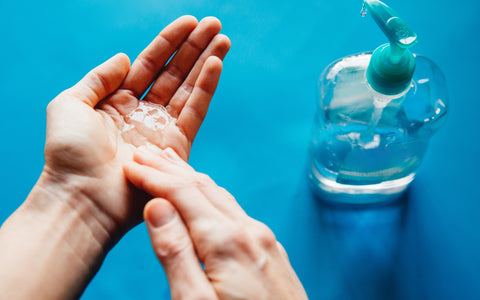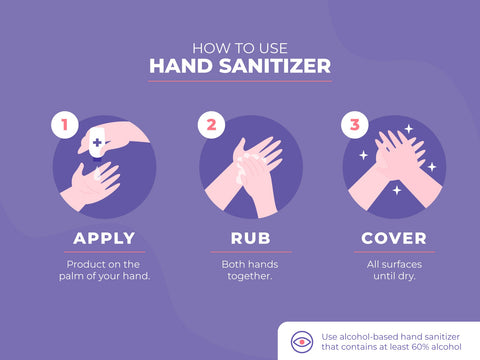How to Properly Use Hand Sanitizer
What to Look For
The CDC recommends sanitizers with at least 60% alcohol content. Most products contain between 60% and 95%, but don't assume that the higher the percentages are more effective. To work at peak efficiency, these products also need to contain some water.
Some products on the market claim to sanitize your hands but contain too little alcohol or no alcohol at all. These products will likely not offer you adequate protection.

How to Use It
When hand sanitizers do work, their effectiveness is based on several factors. In addition to which product you use, they include:
- How much you use
- Proper technique
- Consistency
Some situations in which use of a hand sanitizer may be appropriate include when you're riding public transportation, have shaken hands or touched an animal, after you've touched a grocery cart, and so on.
To use hand sanitizer correctly:
- Place the recommended amount in the palm of one hand. (Read the manufacturer's directions.)
- Rub your hands together, covering your entire hand, including between your fingers.
- Stop rubbing in the sanitizer only once your skin is dry.
Take care to keep alcohol-based hand sanitizing gel out of the reach of young children, as it can be very dangerous if swallowed. The high alcohol content can be fatal to a young child.

When Not to Use It
Hand sanitizer should not be used instead of soap and water when:
- Washing is convenient
- Your hands are greasy or visibly dirty
- You have chemicals on your hands
- You may have been exposed to infectious agents that aren't killed by hand sanitizer
- You're in a high-infection situation
To keep yourself and your family healthy, it's especially important to clean your hands after you've used the restroom or prepared food.

